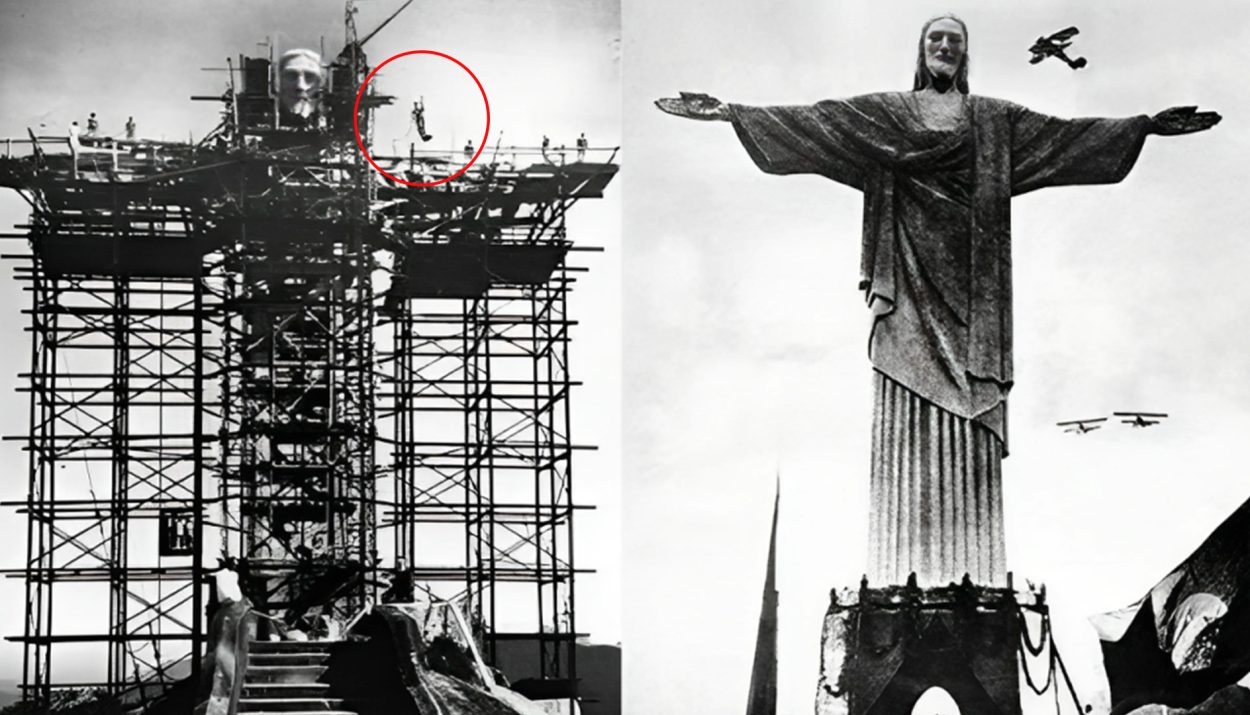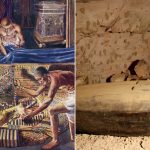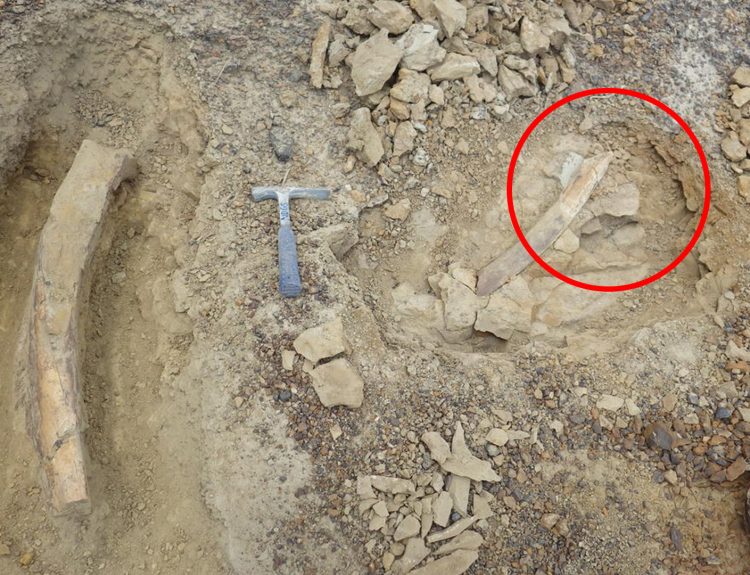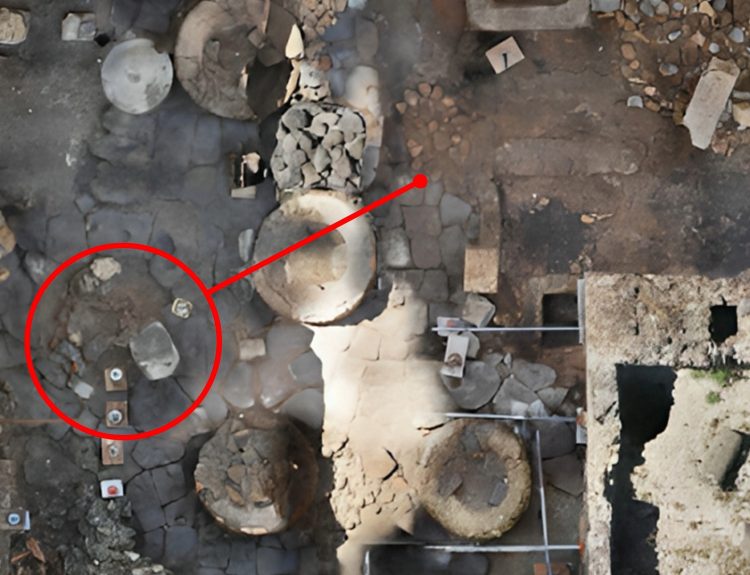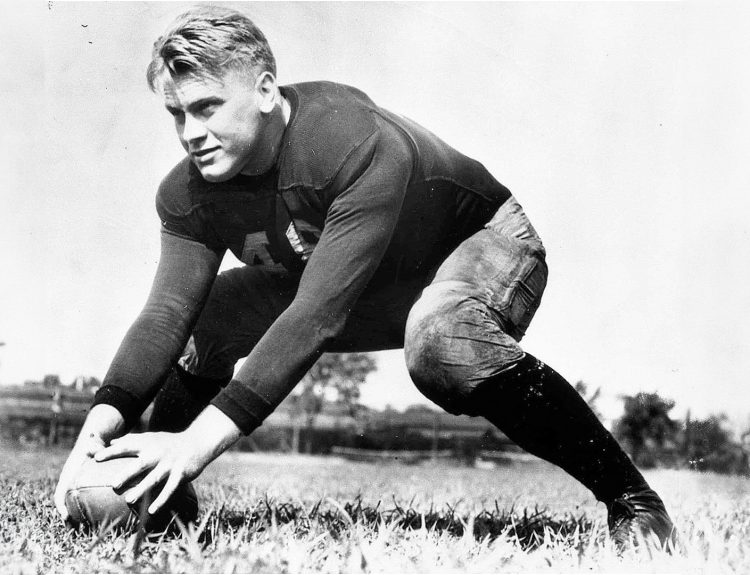Christ the Redeemer- or Cristo Redentor as it’s called in Brazil, has a colorful history. The figure of Christ, with His arms outstretched, embracing Rio de Janeiro, is one of the most iconic statues in existence today. Let’s take a closer look at this wonder of the world and see how it came to be.
A Part of Popular Culture
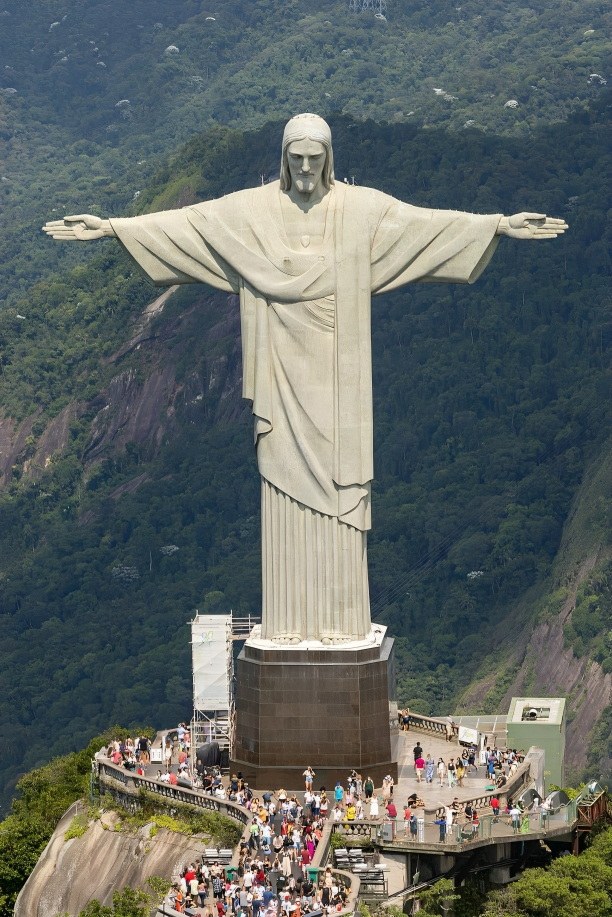
Any movie or TV show set in Brazil almost always has to show a shot of Christ the Redeemer to let viewers know they’re in Brazil. It has become indelibly linked to Brazil’s identity, as well as that of Rio de Janeiro.
Crowds to visit the statue are usually large, and it’s not uncommon to see hordes of tourists near the monument on any given day. Part of the reason is because the mountain it stands on, Mount Corcovado, provides one of the best views of Rio in the area.
A Statue Aimed At Redemption
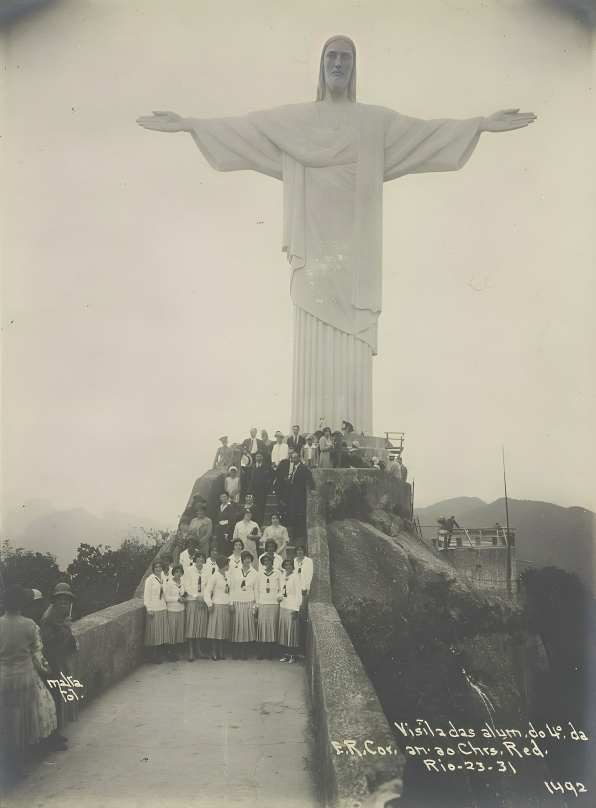
In the middle of the nineteenth century, Vincentian priest Pedro Maria Boss pitched the city of Rio de Janeiro to erect a statue, but it was dismissed as frivolous. Brazil would get its independence in 1889, and the thought of a Christian statue was revisited in the 1920s.
The second time around, the city said yes, but they would not fund the construction. A group of concerned religious citizens decided to take matters into their own hands. This statue, they claimed, would address the “Godlessness” they saw running rampant in Rio at the time.
Monument Week and Raising the Funds For Construction
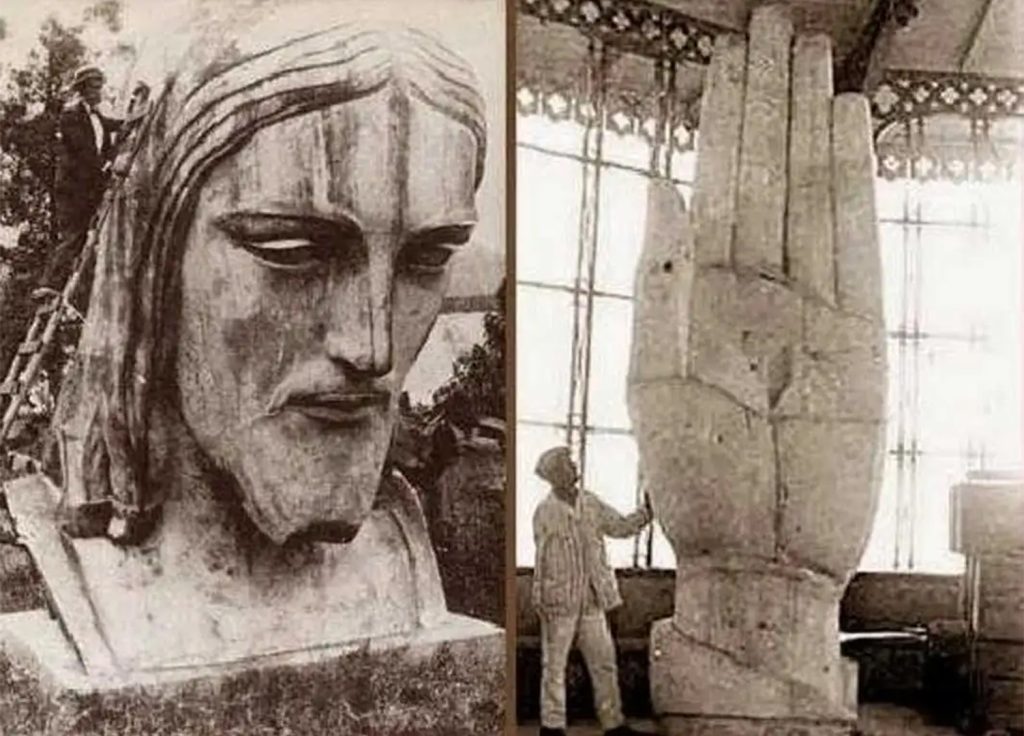
The concerned citizens held “Semana do Monumento,” or Monument Week. Throughout the week, they would canvass the crowds, looking for signatures and monetary support to make the construction of this statue a reality. The funds were needed because the city could not spend its money on the building.
The first proposal was rejected partly because of the newly enshrined separation of church and state in Brazil’s constitution. Similarly, the money needed to build this monument had to come from a private organization, even though city council members could donate to it.
Several Ideas of What It Should Look Like
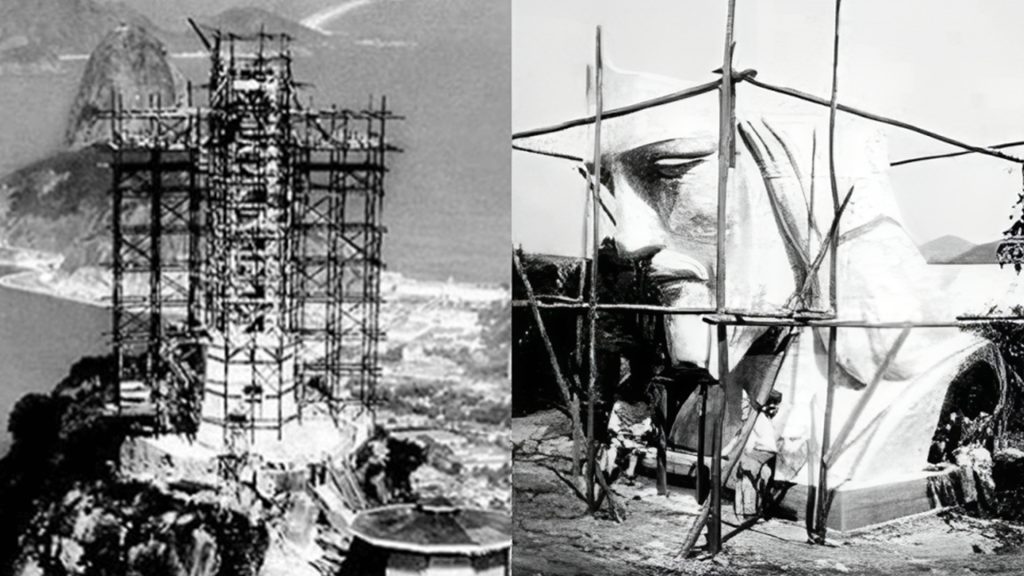
We’re well aware of what the current statue of Christ the Redeemer looks like, but before it was constructed, there were a lot of back-and-forth discussions about what the statue should look like. The current construction looks nothing like the statue’s first drafts.
The engineer in charge of the design was Heitor da Silva Costa, who was chosen because of his sketches of what he envisioned should stand above Rio to welcome newcomers to the city. Yet Heitor’s vision started with a picture of Christ, with a cross in one hand and holding the world in the other.
Christ, With Or Without a Ball
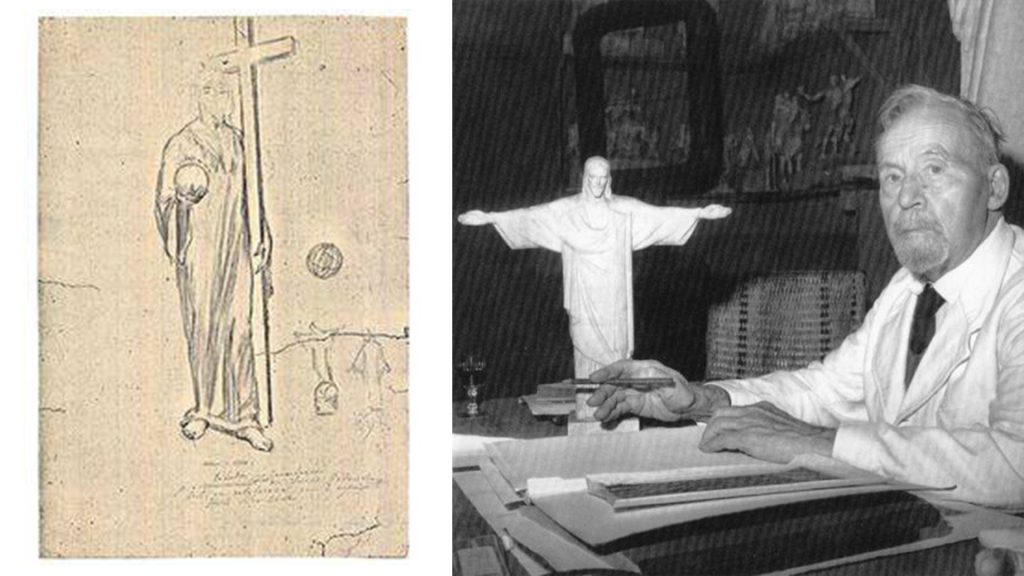
When the initial sketches of the statue were made, many referred to it as “Christ with a Ball,” referring to the globe in one of the statue’s hands. Carlos Oswald, a Brazilian artist, was responsible for proposing and eventually getting accepted the well-known pose of Christ with His arms spread that we know today.
Construction began in 1926, and a team of engineers and architects were hired to work on the massive statue. The project took almost an entire decade from conception to finish, and the final sculpture was first unveiled to the world in October 1931. The whole project cost around $250,000 at the time.
The Impact of Cristo Redentor

Christians and non-Christians alike would recognize how different this statue is from the typical version one sees in art worldwide. Not only is this the largest Art Deco structure in the world, but it doesn’t show Jesus on a cross.
The statue was designed to make Jesus Himself the cross when seen in silhouette. The statue’s face is not bowed in defeat but raised in triumph. It’s a sight that visitors to Rio and natives of the city both enjoy. It’s even inspired songs written about it, like Gilberto Gil’s “That Hug” (“Aquele Abraco”).
Constantly At The Mercy Of the Elements

The statue is made out of several different elements, with the head and arms of the figure made out of soapstone. However, even stone has to deal with the elements, and this structure is no different. Weather has taken its toll on the statue over the years.
The height of the statue makes it a regular target of lightning strikes. In 2008, a strike singed off a few fingers and struck the face of the statue. In 2014, another lighting storm removed the tip of some fingers and singed the statue’s brow.
Constant Renovation and Restoration
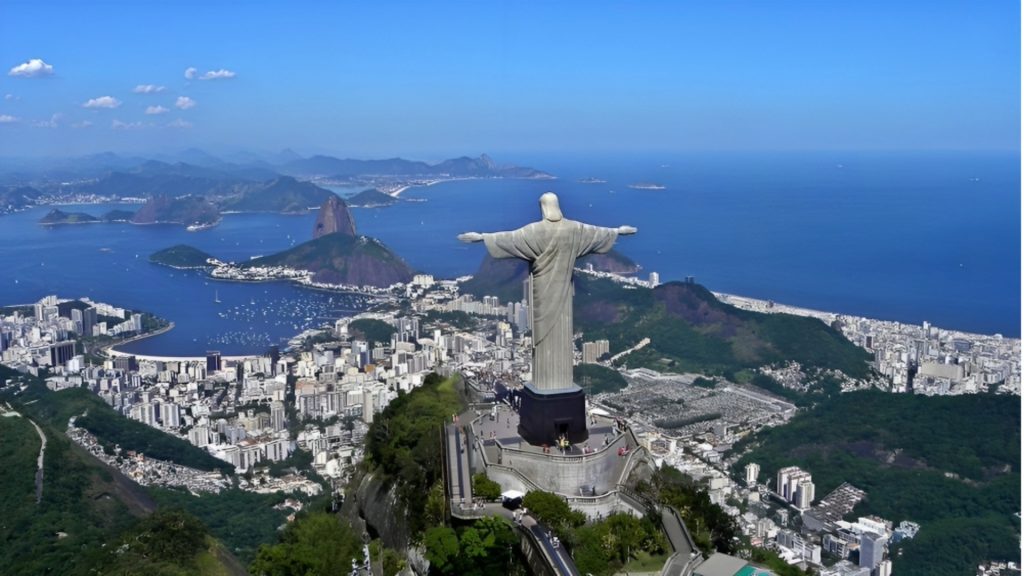
The statue, therefore, needs to be constantly remodeled and renovated to ensure that it retains the original vision. Restoration works have been ongoing since 2003, with over one hundred artisans working to give the statue’s external look an overhaul since then.
However, modern restoration methods are subtly changing the tint of the statue. Over the years, the light pallor of the soapstone and light rock used to create the figure has darkened as restoration works affect the construction. Not everyone appreciates the statue, however. In 2010, during renovation, the statue was defaced by locals.
Standing Atop The Hunchback Mountain
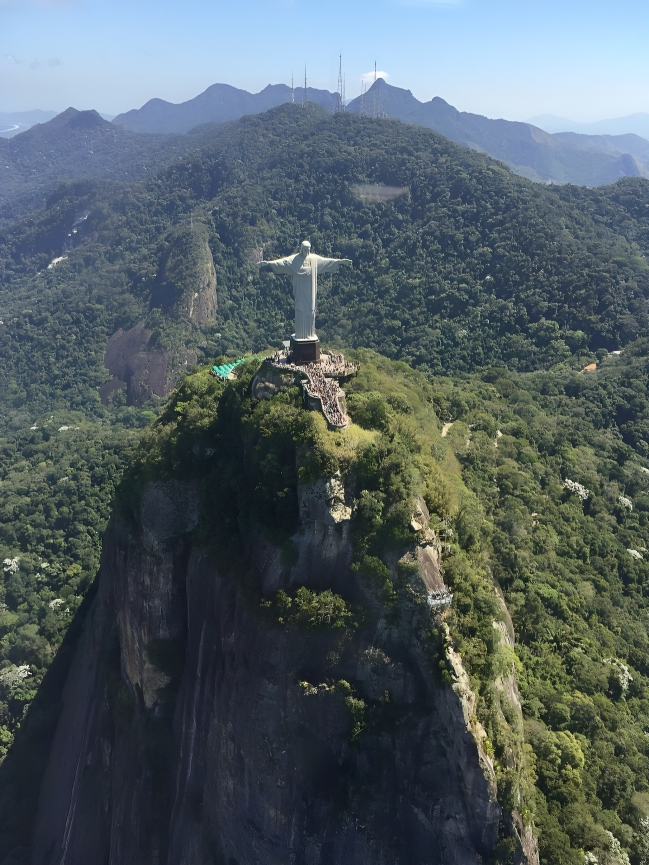
Cristo Redentor stands on top of Mount Corcovado in the Tijuca Forest National Park. Around the statue are miles of rainforest. The statue overlooks Rio de Janeiro, and getting to the statue requires some driving or taking a cog railway car.
Corcovado translates to Hunchback in English and refers to the peculiar shape of the mountain itself. The mountain also has its own place in popular songs of the region and was chosen because of the commanding height it had over the city and the surrounding countryside.
Visiting Christ the Redeemer
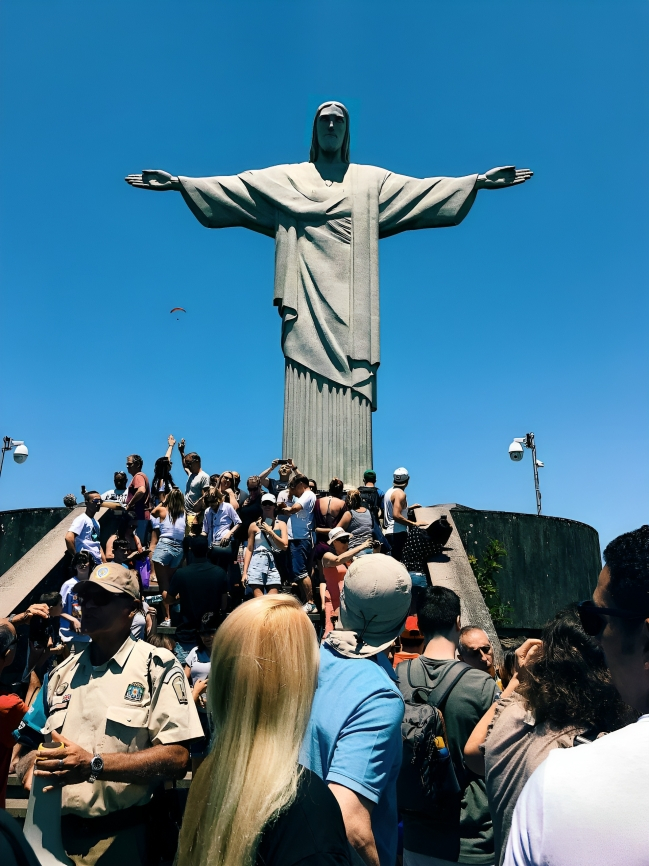
When the statue opened in 1931, the first-ever tourists were also let onto the compound. Estimates from the Rio de Janeiro tourism offices suggest that anywhere between 15,000 and 25,000 people visit the 700-foot-tall statue daily.
Today, visitors can easily access the plinth that the sculpture sits atop from an escalator or elevator. In the past, the trip would require climbing over 200 steps. Still, with a view like this overlooking the beautiful city of Rio, 200 steps up a mountainside is a small price to pay.

